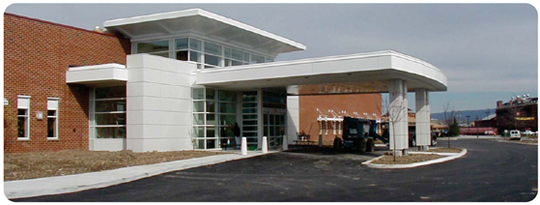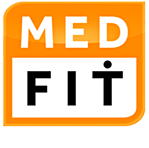Tag: Feasibility
Selecting a Medical Fitness or Wellness Facility Feasibility Consultant
Written on August 22, 2010 at 5:33 pm, by John P. Greene
With the medical fitness industry approaching its 40th anniversary and a reported 1,100 facilities (there are more than 12,000+ commercial clubs), it’s important to understand the role of consultants in project development, operations and marketing. The primary benefits often associated with hiring a consultant are objectivity, experience and effectiveness in understanding and translating client needs into workable solutions that can achieve results. Consultants also should have a record of saying “This might not work.†The consultant’s track record in correctly analyzing key market factors and then translating that information into facility demand estimates is critical in determining optimum solutions.
Besides the consultant’s proprietary analytical approach and ability to work with a client, other important selection criteria are the diversity of the team, communications and training skills, references and what I simply call, fit. Fit relates to the personality and style of the team and its initial client interactions. A great consulting engagement is when the client values the team and its work as an extension of his or her own office.
What other attributes should the consultant bring? Confidentiality and guaranteed client satisfaction are two big ones as well as having controllable conflicting interests. This is much harder today across all industries as businesses have grown and diversified or gone out of business. With many consultants coming from the management, architectural and construction industries, it some times becomes difficult to control conflicts without full disclosure and strong client involvement during the engagement process. Real world solutions and a transparent process are keys to bridging some of these controllable conflicts.
Your responsibility as a client is to do your homework before engaging the consultant. Define the scope of the engagement and the desired outcomes. Contact clients who implemented suggestions and find out the success and failures so that you know what to avoid and determine the ability of the consultant to stay within budget and to deliver the project on time. Ultimately it’s your responsibility to manage the consultant engagement so that the work product meets the scope of services outlined at the beginning of the contract.
Just because you’ve hired a consultant does not mean you can distance yourself from the project. Stay involved with the consultant or assign a point person from your staff so that the final results are customized to your needs, and not a retread of the consultant’s past work.
Category: Consulting
Tags: consultant ~ Feasibility ~ medical fitness center
Benefits of Community College Wellness Facilities
Written on April 23, 2010 at 3:58 pm, by Robin Schuette
In this recessionary climate, new university recreation/athletic facilities will need to depend upon a broader mix of customers beyond students and faculty and embrace the wellness needs of local residents to be economically prudent.
Additionally, the opportunity to provide a facility for corporate wellness programs would benefit a university’s staff and local employers. Students would also be exposed to the lifestyle needs of sound nutrition and regular exercise as part of daily healthful living.
Planned and executed according to our feasibility and business planning process, the center should be self-sustaining and produce a positive cash flow that can benefit other outreach initiatives. The public relations and health cost savings are unique attributes of this concept.
MedFit’s wellness center business model is based upon serving people of all ages and especially those having chronic conditions. These customers are self-referred and self-pay, which is highly desirable for recreational facilities of all types.
Category: Community College Tie-Ins
Tags: Architecture ~ Community Development ~ Feasibility ~ Health Care ~ Human ~ News ~ Wellness
Re-developing Vacant Big Box Retail Facilities
Written on April 23, 2010 at 3:44 pm, by Robin Schuette

Your community has a unique hidden asset, which needs immediate attention. That unique resource is that closed, bland-looking big box retailer or possibly strip center, sitting in front of acres of parking on the main highway of town. Conveniently located to access its 10-mile market area and an instantly recognized location by consumers; these hidden resources are being redeveloped into a range of healthcare uses from medical malls to wellness centers. After redevelopment, they often spur new growth nearby.
What also is of interest is the ability to create a new ambulatory care setting at a lower cost than for a comparable new “Greenfield†type project. In most situations, both acquisition and renovation costs are substantially less, and financing is typically available from the owner or through other economic development programs especially for a new community amenity that our business model provides.
We worked with Altoona Hospital in Altoona, Pa., on the feasibility for this type of project. The Station Mall is an excellent example of the redevelopment of a 1970s shopping center into a new business of medical offices and potentially, a health and wellness center.
Today’s healthcare executives need to simultaneously expand and execute less costly approaches in a consumer-driven healthcare environment with convenient locations and a mix of physician, clinical and wellness services. If your organization has the vision to perceive of these resources as an opportunity, then we can create a program and a facility that works for you.
Category: Real Estate Development
Tags: Architecture ~ Business Planning ~ Careers ~ Community Outreach ~ Feasibility ~ Management ~ News ~ Real Estate Development ~ Wellness


